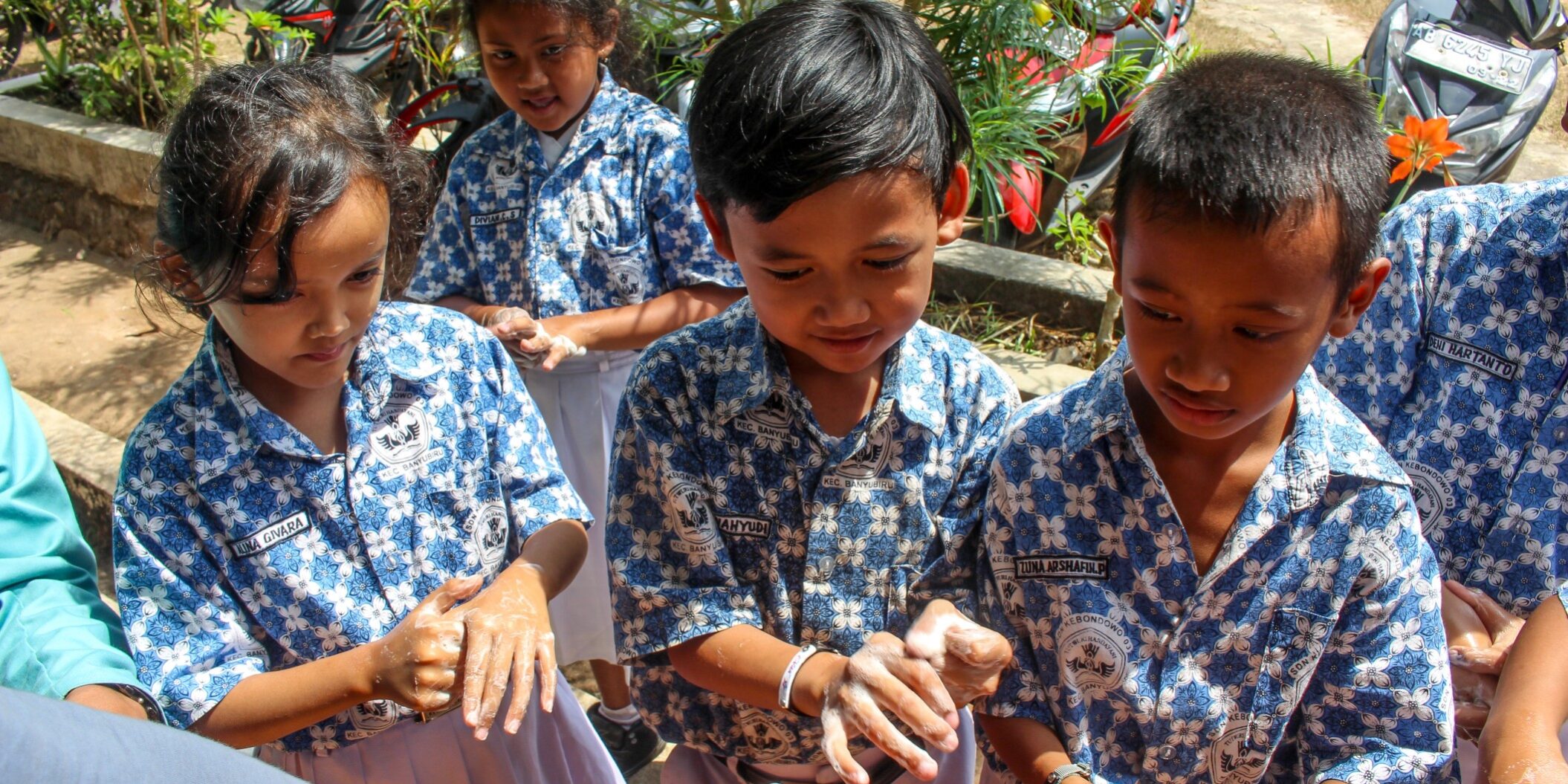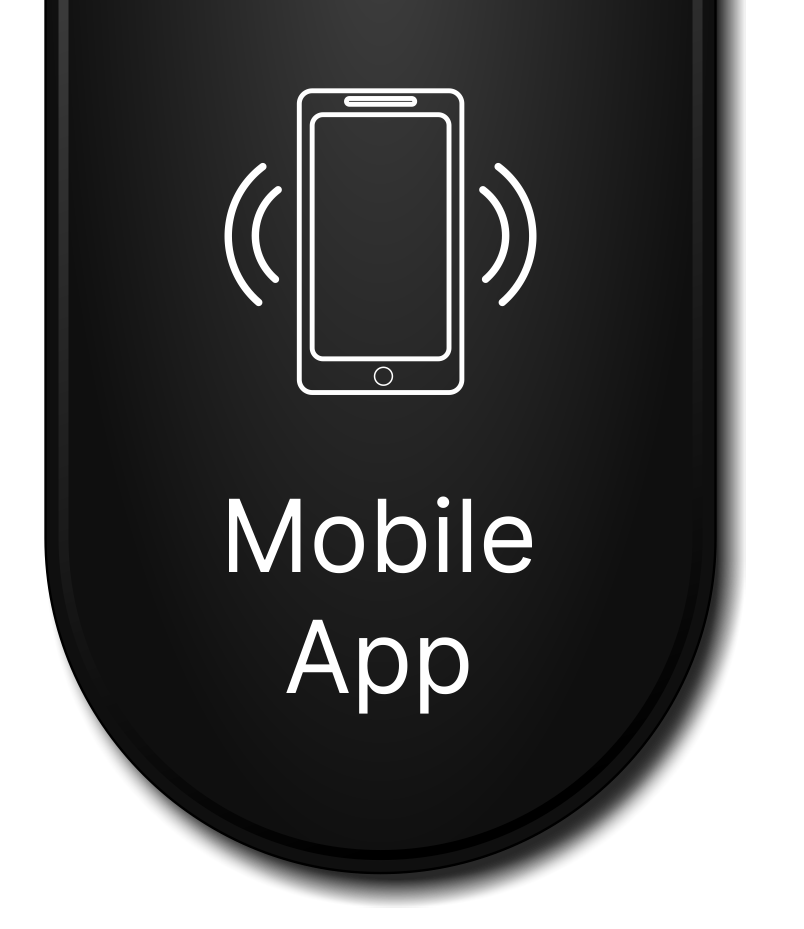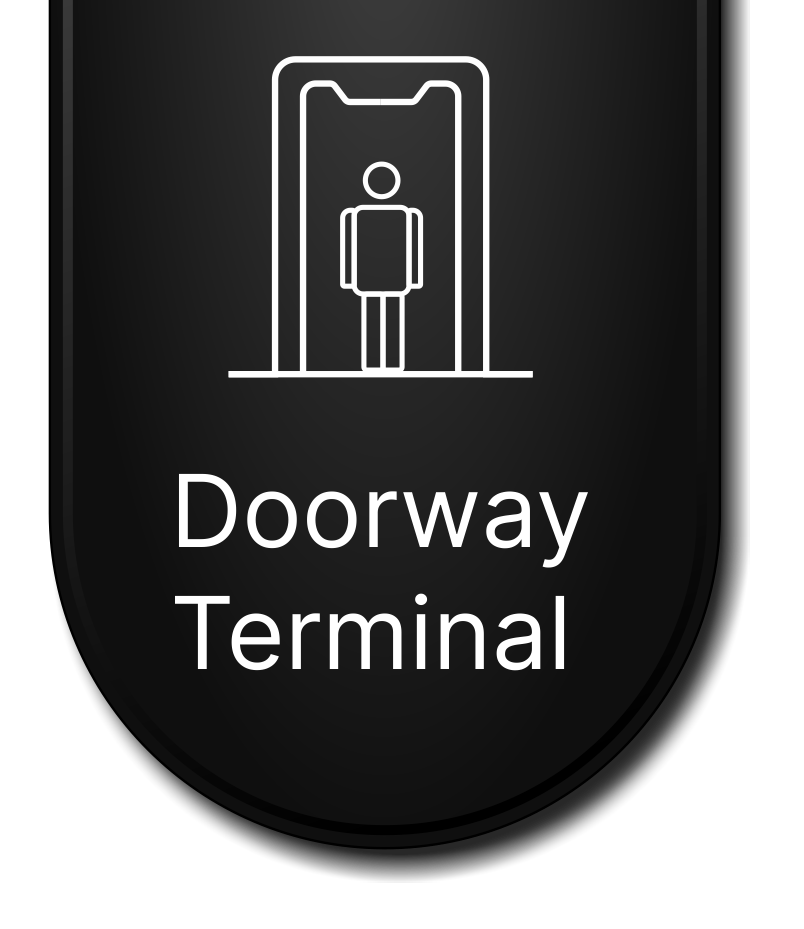One of the most important steps to keep school staff and students healthy is cleaning hands at key times with soap and water for at least 20 seconds or using an alcohol-based hand sanitizer with at least 60% alcohol if soap and water are not readily available. School-based programs promoting hand hygiene can result in less gastrointestinal and respiratory illness and fewer missed school days.
Promote Hand Hygiene in Your School
- Build time into daily routines for students and staff to wash hands, especially at key times like after bathroom breaks, before lunch, or after playing outside. Take into consideration any additional time students or staff may need to wash their hands. Consider increasing hand hygiene monitoring to ensure adherence among teachers, students, and staff.
- Teach and reinforce handwashing with soap and water for at least 20 seconds. Integrate hand hygiene lessons in K–12 school curricula to regularly remind students of the importance of hand hygiene.
- Consider making hand sanitizers with at least 60% alcohol available for teachers, staff, and students. Hand sanitizer is not a substitute for cleaning hands with soap and water. However, hand sanitizers can be placed in areas where soap and water are not readily available (e.g., cafeterias, classrooms, gyms) and near frequently touched surfaces (e.g., water fountains, doors, shared equipment). Supervise young children under the age of 6 when they use hand sanitizer to prevent swallowing alcohol or contact with eyes.
- Consider increasing access to hand hygiene infrastructure and supplies, such as sinks, portable handwashing stations, and hand sanitizer dispensers. When hand hygiene facilities and supplies are available, students and staff are better able to make hand hygiene part of their routine.
- Place visual cues such as handwashing posters, stickers, and other materials in highly visible areas throughout the school, such as bathrooms and locker rooms, classroom sinks, or cafeteria kitchens.
Know When and How to Use Hand Sanitizer
CDC recommends washing hands with soap and water because handwashing reduces the amounts of all types of germs and chemicals on hands. But if soap and water are not readily available, using a hand sanitizer with at least 60% alcohol can help school staff and students avoid getting sick and spreading germs to others.
Hand sanitizers can quickly reduce the number of germs on hands in many situations. However,
- Hand sanitizers do not eliminate all types of germs, including some germs that cause diarrhea. Always wash hands with soap and water after using the toilet, after handling trash, and when hands are visibly dirty.
- Hand sanitizers may not be as effective when hands are visibly dirty or greasy. Hands are often dirty or greasy after activities like eating or playing outside.
- Hand sanitizers might not remove harmful chemicals, like pesticides and heavy metals, from hands.
Prevent accidental poisoning
Hand sanitizers should be stored up, away, and out of sight of children and should be used with adult supervision for children under 6 years of age. Swallowing more than a couple of mouthfuls of alcohol-based hand sanitizers can cause alcohol poisoning.
DocSun∙Computation∙MedLab∙Ltd∙mission∙is∙using∙technology∙to∙create∙life-long∙ Solutions∙ ∙∙∙The ∙article∙reference∙data∙from∙the∙CDC∙and∙WHO∙
Original links to the article: – https://www.cdc.gov/handwashing/handwashing-school.html















